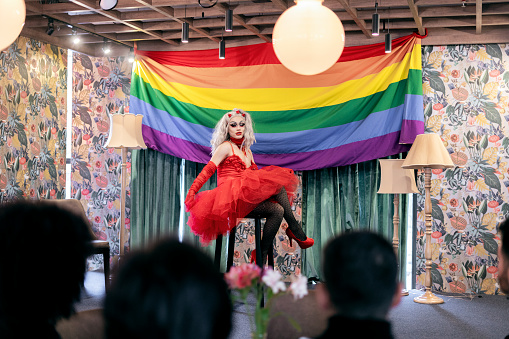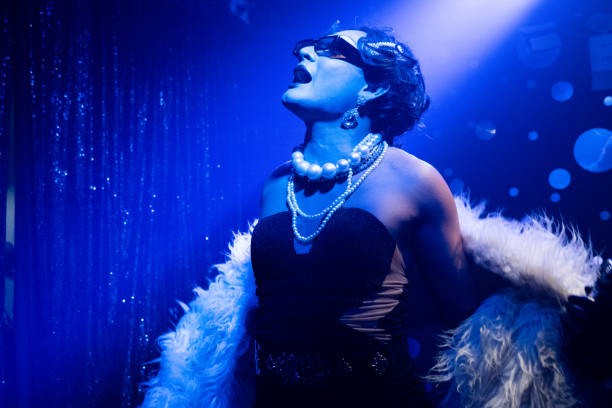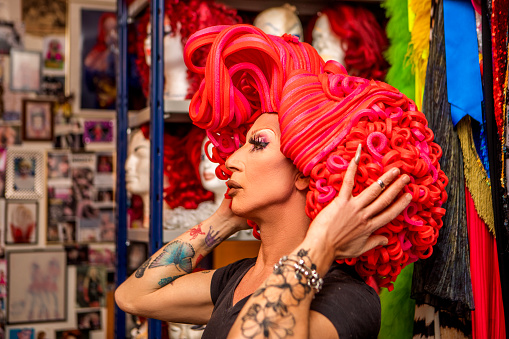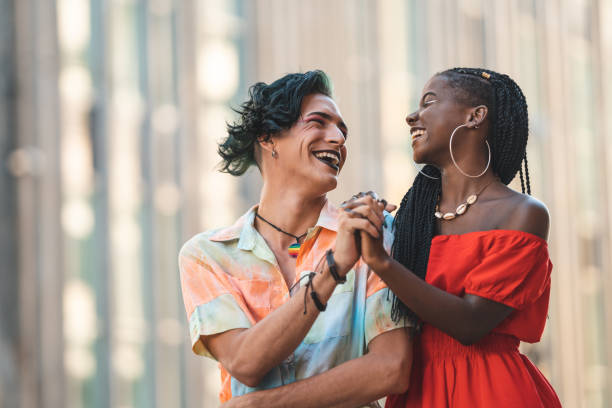Introduction: Crossdressing, the act of wearing clothing traditionally associated with a different gender, has been a topic of intrigue, controversy, and self-discovery. In a world that is gradually moving towards acceptance of diverse identities and expressions, it's essential to engage in thoughtful discussions about crossdressing. This article aims to delve into the complexities surrounding crossdressing, challenge stereotypes, and promote understanding and acceptance.

-
Defying Gender Norms: Crossdressing challenges societal norms that have long dictated what clothing is suitable for a particular gender. It's a form of self-expression that provides individuals with the freedom to explore and embrace different aspects of their identity. In today's progressive society, the binary concept of gender is being reevaluated, leading to greater acknowledgment of non-binary and gender-fluid identities.
-
Historical and Cultural Perspectives: Throughout history, crossdressing has played a significant role in various cultures and contexts. From Shakespearean theater to indigenous rituals, examples of crossdressing abound. These instances illustrate how clothing doesn't solely define an individual's gender identity but can also be a tool for performance, storytelling, and social commentary.

-
Breaking Stereotypes: One common misconception about crossdressing is that it is limited to sexual orientation or fetishism. However, crossdressing is not inherently linked to one's sexual preferences. People from all walks of life, regardless of their sexual orientation, may choose to crossdress as an avenue for personal exploration and empowerment.
-
Self-Discovery and Empowerment: Crossdressing can be a transformative journey of self-discovery and acceptance. For some, it offers an opportunity to step outside the confines of their everyday lives and embody a different persona. This process can lead to greater self-awareness, increased confidence, and a deeper understanding of both one's own identity and the diversity of human experiences.

-
Overcoming Stigma: While attitudes are evolving, crossdressers still face stigma and discrimination in various parts of the world. Open conversations that humanize the experiences of crossdressers can contribute to dismantling these prejudices. Education and awareness campaigns are crucial to fostering a more inclusive society.
-
Supporting Inclusivity: To foster a more inclusive society, it's important to create safe spaces for crossdressers to express themselves without fear of judgment or ridicule. Online communities, support groups, and public events can offer platforms for individuals to share their stories and build connections.

Conclusion: In a world that is progressively celebrating individuality and diverse identities, crossdressing emerges as a poignant example of self-expression. It's a testament to the evolving understanding of gender, identity, and empowerment. By engaging in open conversations, dispelling stereotypes, and supporting inclusivity, we contribute to a society that embraces people of all gender expressions and allows everyone to authentically be themselves.

